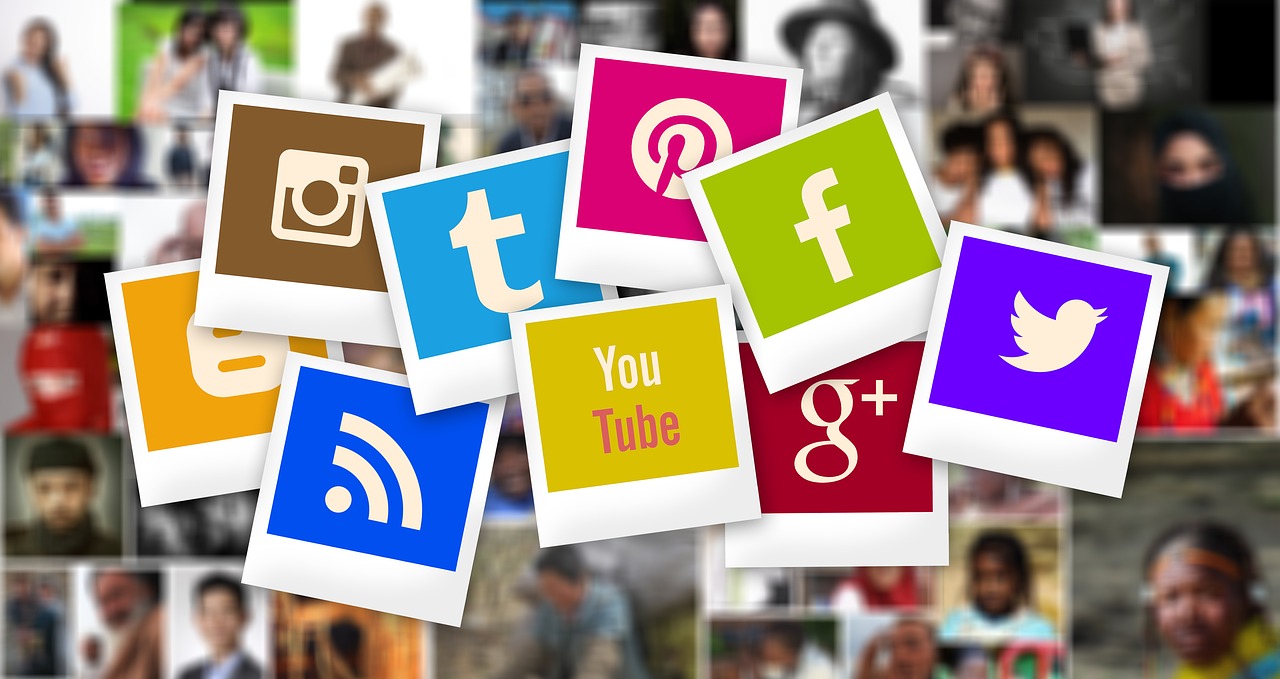Fake followers and the lack of transparency slow down influencer marketing investments. But the real barrier is understand how to measure campaign results and effectiveness.
About 65% of Italian companies piloted influencer marketing, says Influencer Marketing Report 2018 by IED Milano and AKQA, and 79% are likely to increase dedicated budget throughout 2019 and extend collaboration both with VIP bloggers and micro influencers.
When a marketer approaches influencers, one of first questions is: how do we know he/she is really influent? It is reported that about 15% of Instagram accounts exaggerate followers and interactions and, despite the commitment to wipe platforms clean of bots and fakes, transparency remains an Achilles heel for influencer marketing.
Technology helps: there are mature methodologies to unmask fraudulent behaviours and doublecheck bloggers integrity. Fan count is not enough, you should for instance compare reach (the number of users who viewed a content) and followers (the number of people following a profile) – if too low, this ratio might reveal a concerning quota of inactive or fake audience.
Blogger and social results usually have a gradual progression over time. They might speed up thanks to successful campaigns or specific actions, but too high or too frequent peaks might be triggered by gray initiatives. Monitoring followers and interactions trends is thus useful to assess the trustworthyness of the profile. You should also pay attention to the geographical distribution of the audience. It should be consistent with the influencer’s language, and not too concentrated in countries where the fake economy is notoriously lively.
Bloggers’ fairness can be also presumed through the regular use of transpareny hashtags such as #ad, #adv, #sponsored, etc. By openly identifying sponsored contents, the influencers expresses his or her will to be trusted by followers and brands. According to a survey by Buzzoole, fashion is making great progress with transpareny hashtags, and accounted for 29% of the transpareny hashtags overall used in Italy in 2018. The recent Antitrust authority verdict, which pushed Alitalia, fashion holding Aeffe and some celebrities to publicly commit against hidden advertising, is an important step towards full transparency in influencer marketing.
Once the influencer has been selected, and the campaign is done, there comes the time to measure results: some international studies reported by Buzzoole say 53% of marketers are challenged by KPI definition, and 47% would pay more if having a definite campaign impact rate on the customer journey.
What should you measure? Again, fan and follower count is not enough, as well as the number of content views. You should focus on the engagement rate (interactions vs. reach ratio) to assess how much the audience was interested by the content, and how much users engaged with it. Every platform requires a different calculation method, and you might also correlate interactions sentiment, thus looking at the positive, negative, or neutral attitude of comments and feedbacks.
Many other KPIs can be defined according to specific campaign objectives, and targeted surveys might be scheduled to measure brand awareness and reputation trends over time.
Fakes and KPIs are legitimate worries when starting an influencer marketing program, but don’t forget that it might be well worth the trouble: more than 80% of consumers are highly likely to follow recommendations of influencers in their shopping decisions.




